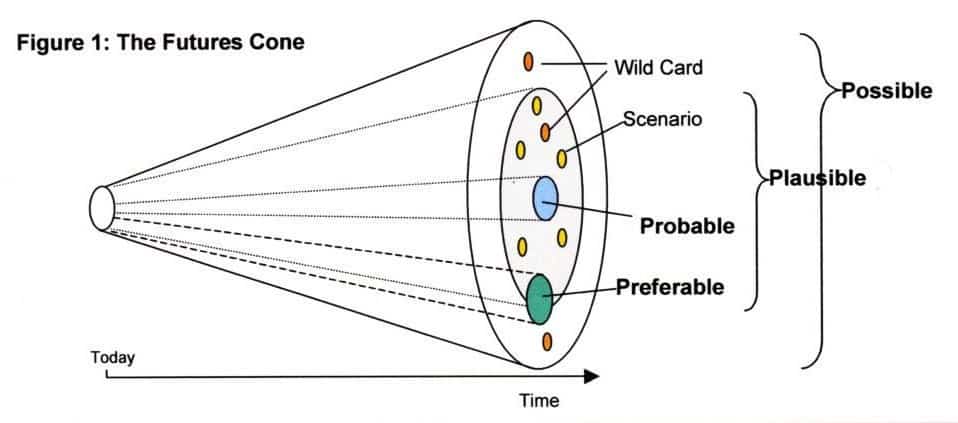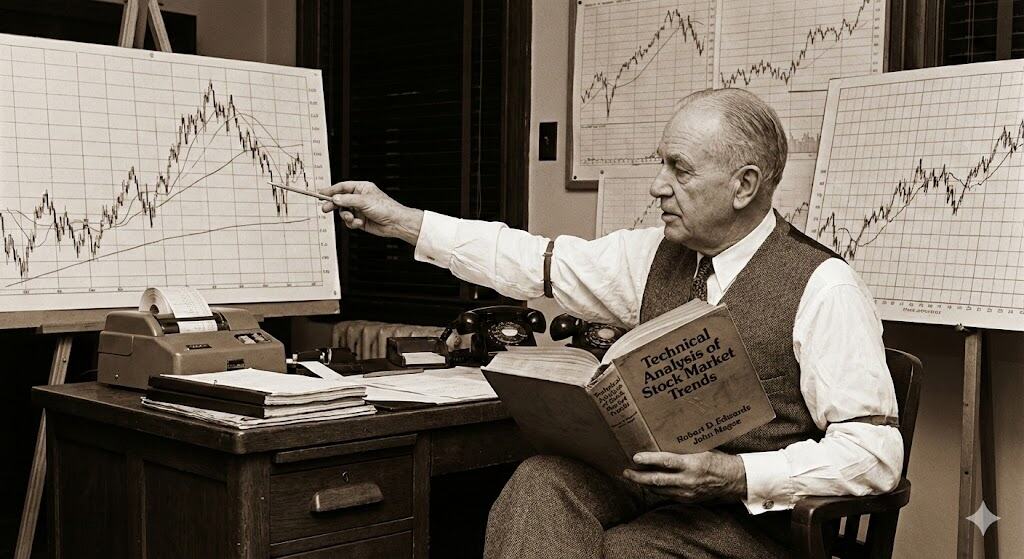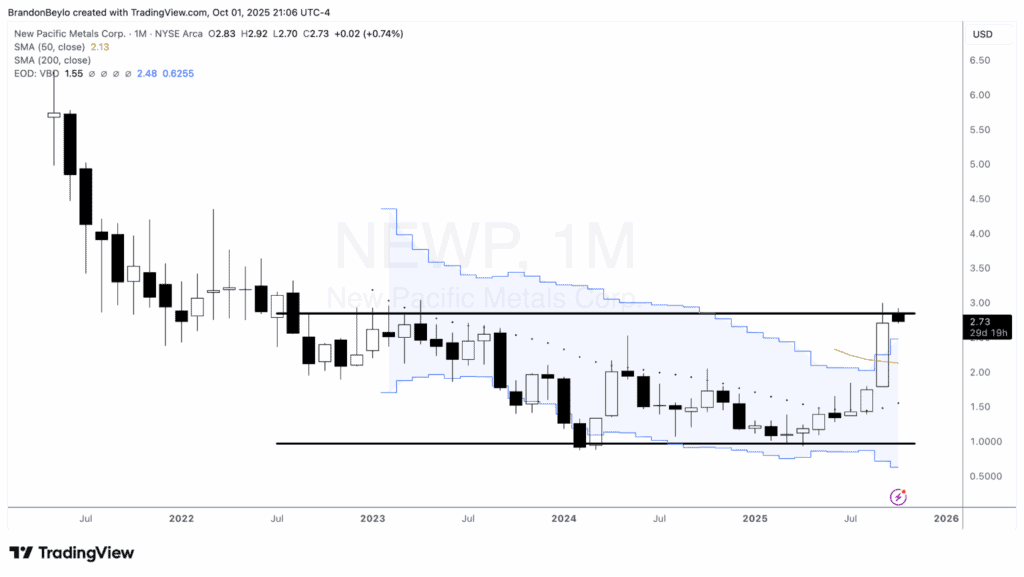Markets are context dependent, their behavior is a function of the particular circumstances that exist and how those circumstances are expected to or do change. The trick is not to predict an unknowable future, but to try to understand the present and the probabilities of the various paths that may evolve from it. ~ Bill Miller
We often write that we’re not in the business of making predictions. Rather, our job is to gauge the asymmetry of outcomes.
We do this by determining what the consensus beliefs and positioning are by triangulating the macro, sentiment, and technicals. This helps us paint a picture of what expectations are already embedded in the price. Then we just weight these against possible future paths.
The larger the disparity between consensus and potential outcomes, the greater the asymmetry and the more attractive the bet (trade).
There are additional benefits to using this mental model versus the typical one of making predictions.
- It helps protect you from yourself. Certainty is a killer in this game. When we play the prediction game, we put ourselves at risk of becoming champions to a cause and slipping into the pull of our ego driven tribal nature. This distorts our perception of the world and blinds us to new information.
- Prediction making is linear and bimodal in nature. Markets are non-linear and endlessly dynamic. This fact causes prediction makers to live in friction and disharmony with markets — think the perma bears who’ve been on the wrong side of the market for years. They become stuck when their view of the world does not match up with how things actually are.
- Focusing on asymmetry of outcomes versus predictions frees the speculator from the psychologically destructive game of trying to be right over wrong. Instead, the speculator lives in a world of various shades of grey (50 shades maybe?) where they’re always some mix of both right and wrong. In this way, the objective becomes not to form an opinion and stick with it. But rather, to apply Bayesian analysis and continuously update their views as new information comes in — this puts the focus on making money versus being right.
Bennett Goodspeed put it like this, “Why do investment professionals get such poor marks? The main reason is that they are victims of their own methodology. By making a science out of an art, they are opting to be precisely wrong rather than generally correct.”
This year, we’ve been more generally correct than we’ve been generally wrong. We’ve handedly beaten the market, as a result.
But we can’t rest on our laurels. We must constantly check for holes in our own assumptions. Like a good writer, we must be willing to kill our darlings and be ready to flip our positioning should the triangulation of the macro, sentiment, and technicals tell us to do so.








